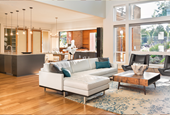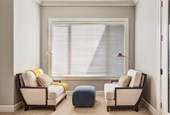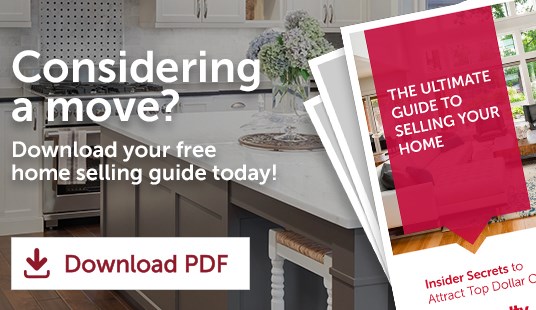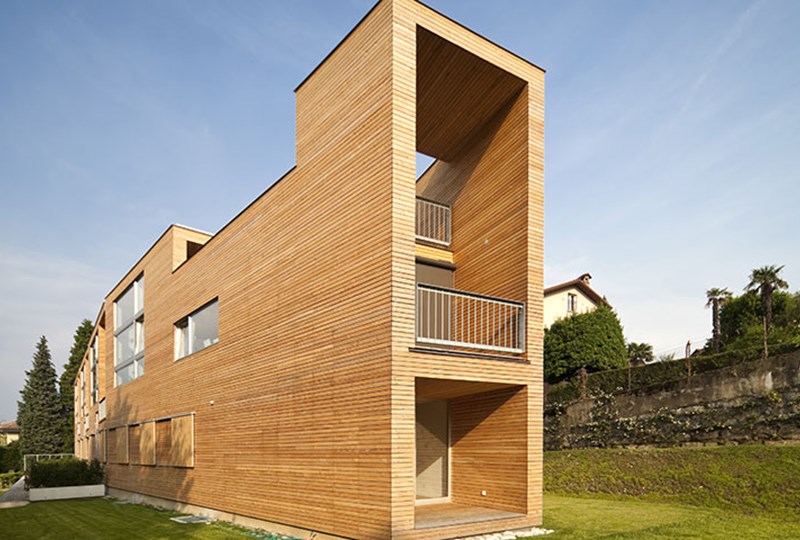
When you picture the House of the Future, are you still thinking of a Jetsons-style space pad, complete with a robot butler? If so, it’s time to adjust your expectations (and in some cases, increase them). Whether you plan to build in a few years or just want to know what’s coming around the bend, here are insights you can use as you set your future housing goals.
1. Fully connected smart homes
You’ve likely heard of Nest, the Google-owned programmable thermostat that reduces energy costs. Nest is one of dozens of “smart” home products that leverage connected technology to fix a common housing issue. Others include:
- Door locks that offer “virtual keys” to visitors like landscapers or out-of-town guests
- Refrigerators that can tell you if you’re out of milk
- Sprinklers that water your lawn at perfect levels and frequency
All of these features sound amazing (if a little over the top), so why aren’t they integrated into every new home across the country? In short, these products were developed separately, and they are missing the “hub” that would allow them to work together.
The true “House of the Future,” then, will make sure that your automated sprinklers don’t turn on at the same time your in-laws are set to arrive from the airport. As they enter the home, their favorite coffee will be brewing and the refrigerator will remind them that their preferred creamer is on the second shelf.
2. Going beyond green building
Today’s green builders leverage solar panels to reduce energy usage, but tomorrow’s homes could create even more energy than they use. A non-profit institute in Germany recently built Active House B10, a sustainable home prototype that generates twice the energy it needs while producing no emissions.
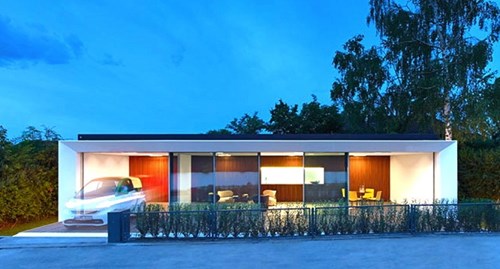
Photo credit: Zooey Braun
The prefab home, which can be installed in one day using a crane — and relocated just as easily — has a “self-learning heating and power system” that allows it to not only pick up on homeowner patterns, but to forecast future behavior. While 970 square feet will seem a bit snug, Active House has a fold-out patio that can close up to keep the sun and heat out when occupants are away.
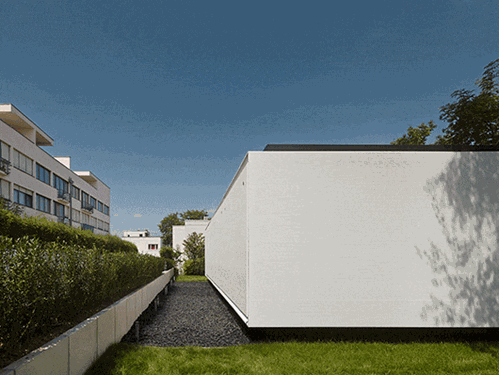
As exponential population growth continues, modular housing like the Active House B10 is expected to become more common in urban areas. And the additional energy it produces can be used to power electric cars or neighboring buildings.
3. Guest housing is a given
The last trend has less to do with technology and more to do with a lifestyle trend that keeps on growing. Many builders are reporting that first-floor guest suites or separate “mother-in-law” units are among the top requests they receive when working with buyers who plan to build from scratch. The need for guest housing is on the rise for a multitude of reasons.
Guest suites can be used to offer:
- Semi-independent living for aging parents who are moving in with their children
- A separate space for young professionals moving back in with their parents
- A dedicated space for visitors or long-term guests, especially as more young Americans move long distances for employment or cheaper housing
These spaces aren’t only practical, they’re also a status symbol. By offering more than a pull-out couch and a half-bath off the kitchen, homeowners can maintain their sanity while providing their short-or-long term guests with an experience that rivals even the nicest local hotel.
Ready for your future home?
Whether you hope to incorporate green trends or a guest suite into your next abode, we have more than 2,300 local specialists who can help you build or find your dream home. Reach out today to get started on the path to owning your house of the future.
To see other buyer tips and trends, follow #BuyerInsights and #SellerInsights on Facebook, Twitter, Instagram and YouTube.

